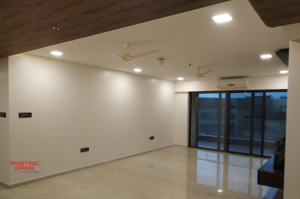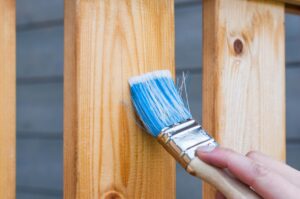When it comes to finishing walls, achieving a smooth, polished look can dramatically transform a space. The right wall polishing technique not only enhances aesthetic appeal but also prepares surfaces for painting or wallpapering. With various methods available, it’s essential to understand the pros and cons of each to determine which one is best for your project. Here, we’ll explore the popular techniques of plastering, sanding, and polishing.
Plastering
Plastering is a traditional method that involves applying a layer of plaster to the wall surface to create a smooth, even finish.
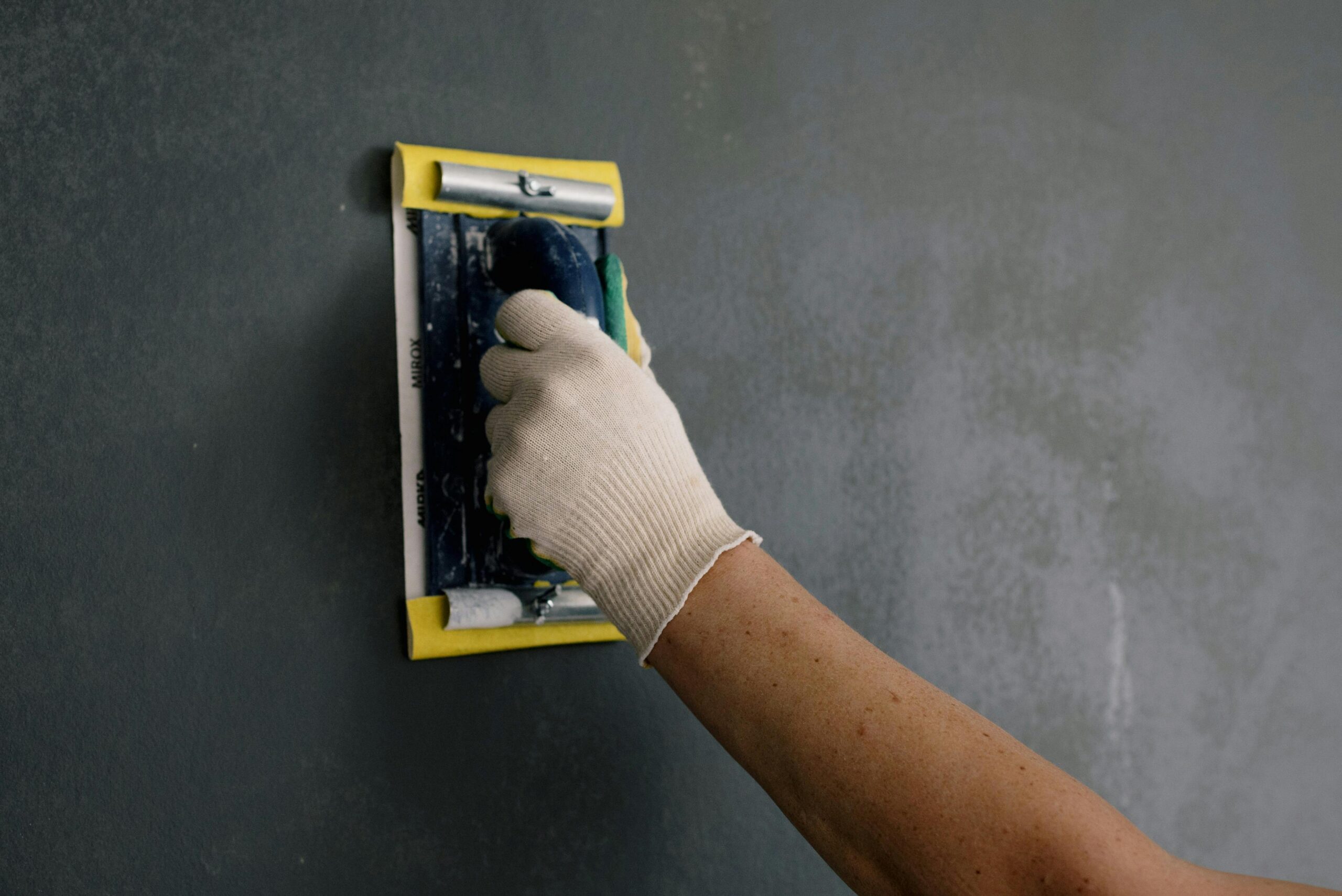
Pros:
- Durability: Plaster is robust and resistant to impacts, making it ideal for high-traffic areas.
- Versatility: Suitable for a variety of wall types, including brick, concrete, and drywall.
- Aesthetic Flexibility: Can be textured or left smooth, allowing for different design finishes.
- Sound Insulation: Provides a degree of soundproofing, beneficial in reducing noise transmission.
Cons:
- Time-Consuming: The process can be labor-intensive and time-consuming, especially if multiple layers are needed.
- Skill-Dependent: Requires a skilled tradesperson to achieve a flawless finish, potentially increasing labor costs.
- Drying Time: Plaster needs sufficient time to dry between coats, prolonging project completion.
Sanding
Sanding is a technique used to smoothen walls by removing imperfections and creating an even surface, typically performed after plastering or before painting.
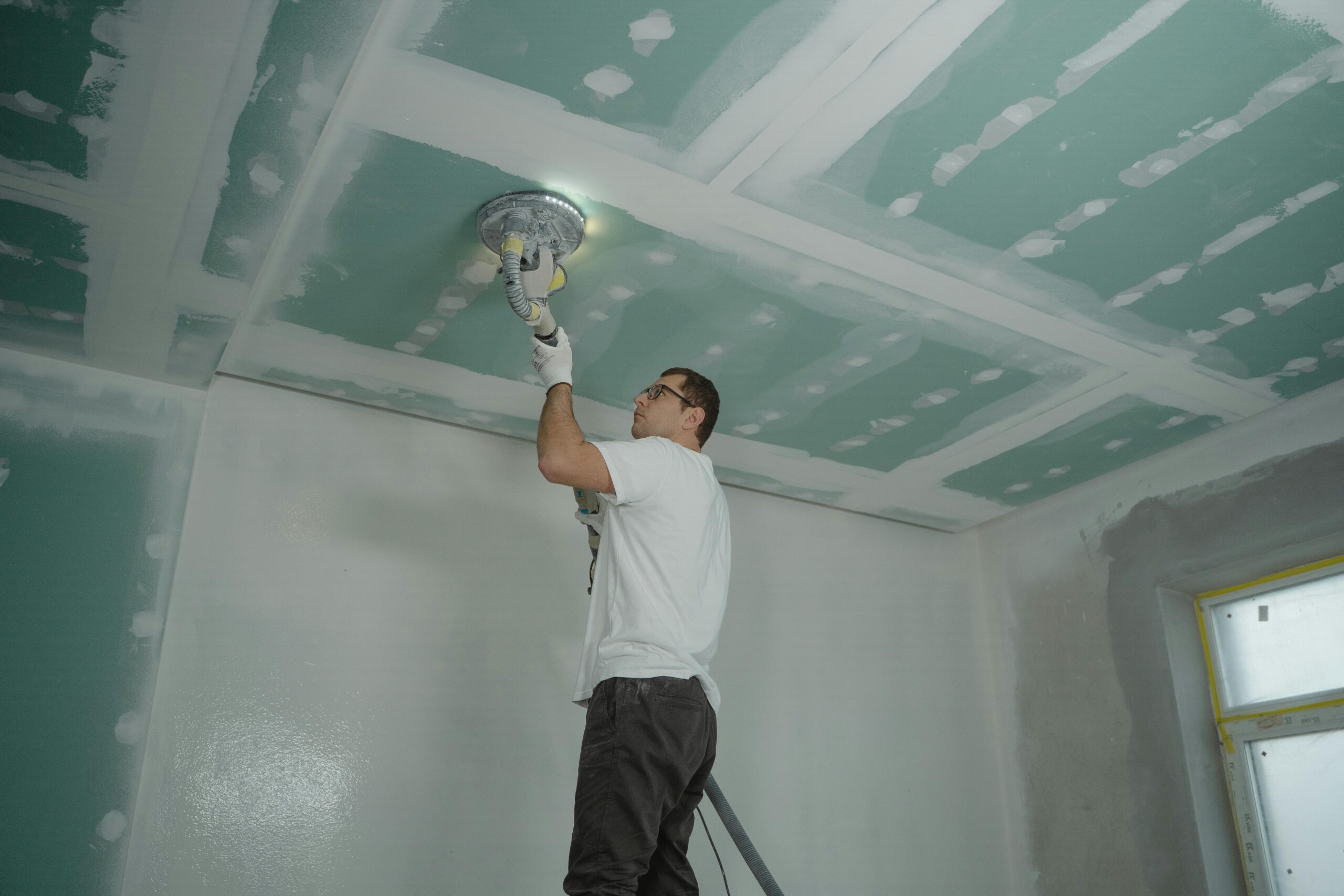
Pros:
- Smooth Finish: Results in an ultra-smooth surface, ideal for painting or wallpapering.
- Cost-Effective: Generally less expensive than plastering, especially if only minor imperfections need addressing.
- DIY-Friendly: With the right tools and patience, sanding can be done by homeowners, reducing labor costs.
Cons:
- Dust Generation: Creates a significant amount of dust, necessitating protective gear and thorough cleanup.
- Labor-Intensive: Can be physically demanding, particularly for large areas or ceilings.
- Surface Limitations: Not suitable for walls with major imperfections or damage that require more substantial repair.
Polishing
Polishing involves applying a fine finish to a wall, often following plastering and sanding, to achieve a high-gloss or satin finish.
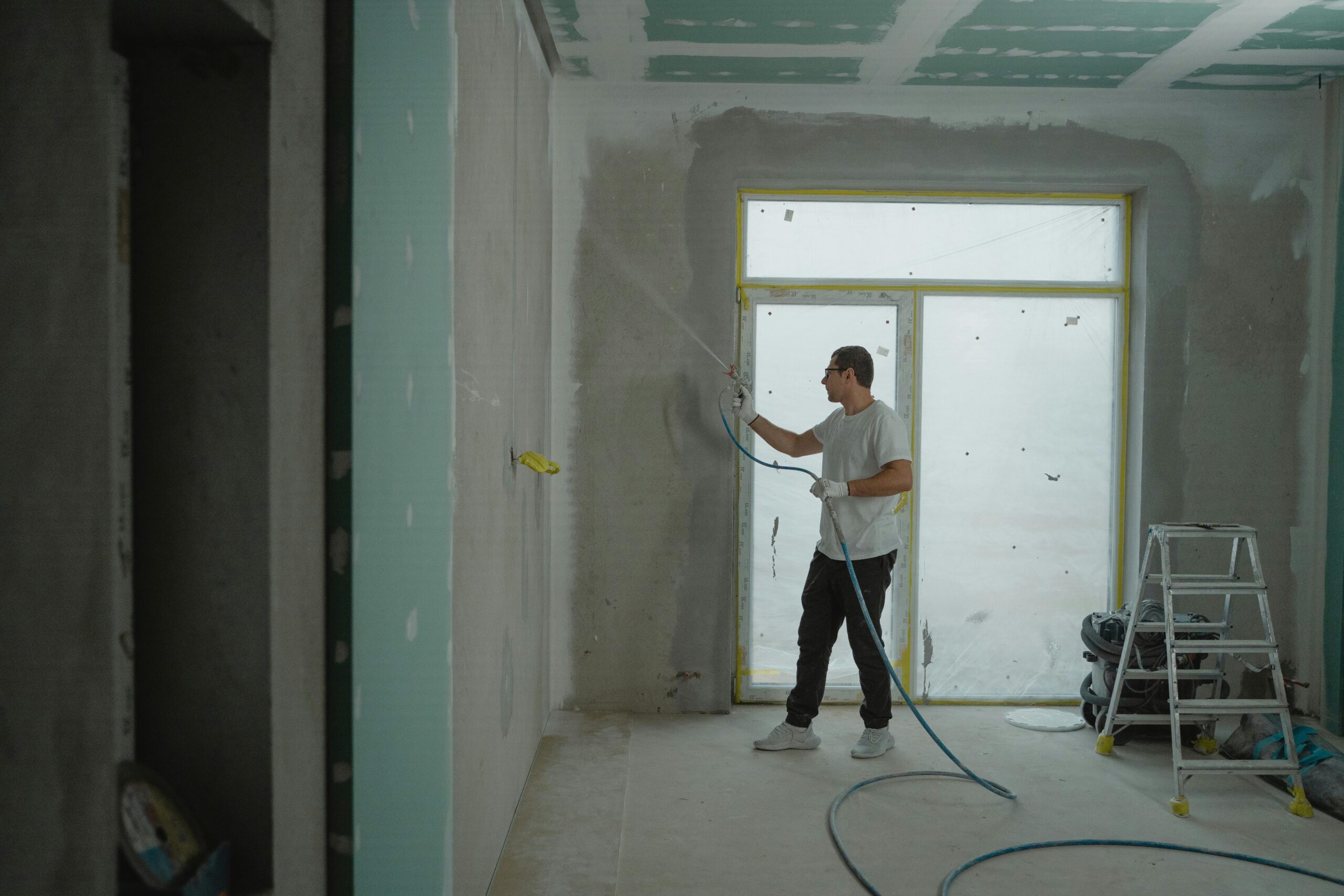
Pros:
- Aesthetic Appeal: Provides a luxurious, high-end look with a reflective, glossy surface.
- Easy Maintenance: Polished walls are easier to clean and maintain, making them ideal for kitchens and bathrooms.
- Enhanced Light Reflection: A polished surface can enhance natural and artificial light, making spaces feel brighter and more spacious.
Cons:
- Preparation Requirements: Requires a well-prepared, smooth base; otherwise, imperfections will be highlighted.
- Cost: Can be more expensive due to the need for specialized materials and labor.
- Surface Susceptibility: High-gloss finishes can show fingerprints, smudges, and minor scratches more readily.
Check out our Projects on PU Coating
Conclusion: Which Technique Is Right for You?
Choosing the right wall polishing technique depends on your specific needs, budget, and desired aesthetic.
- Plastering is best for those seeking a durable, versatile, and sound-insulating finish, particularly in high-traffic areas.
- Sanding is ideal for achieving a smooth, paint-ready surface, especially if you’re on a budget or prefer a DIY approach.
- Polishing suits those who desire a high-end, easy-to-maintain finish, perfect for spaces where aesthetics and light reflection are priorities.
Consider the condition of your walls, the purpose of the room, and your personal preferences when deciding which method to use. Each technique offers unique benefits and potential drawbacks, so understanding these will help ensure your project is a success.


